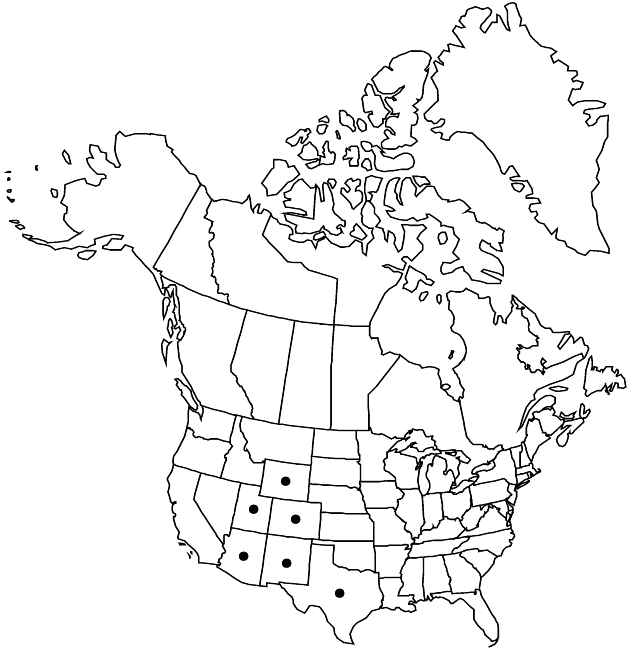Erigeron eximius
Pittonia 3: 295. 1898.
Perennials, 15–60 cm; rhizomatous, fibrous-rooted, caudices or primary rhizomes slender, simple or branched, usually producing slender, herbaceous, scale-leaved stolons bearing terminal leaf tufts. Stems erect to ascending, usually glabrous, sometimes sparsely hirsuto-pilose proximal to heads, densely minutely glandular to nearly eglandular. Leaves basal (persistent) and cauline; basal blades spatulate to elliptic-spatulate (to oblanceolate-obovate), 30–150 × 9–35 mm, cauline gradually reduced distally (bases usually clasping to subclasping), margins entire or serrulate to mucronulate with 3–5 pairs of teeth, faces glabrous, distal often glandular. Heads 1–5(–15). Involucres 7–9 × 11–19 mm. Phyllaries in 3–4 series (often purplish), usually glabrous, sometimes sparsely villous at bases, minutely glandular. Ray florets 40–80; corollas white to bluish or lavender, 12–20 mm, laminae coiling. Disc corollas (3.6–)4–5.8 mm. Cypselae 1.8–2.5 mm, 2(–4)-nerved, faces sparsely strigose; pappi: outer of setae, inner of 20–30 bristles. 2n = 18, 36.
Phenology: Flowering Jul–Oct.
Habitat: Margins or openings, pine, aspen, spruce-fir, subalpine meadows
Elevation: 2300–3500 m
Distribution

Ariz., Colo., N.Mex., Tex., Utah, Wyo.
Discussion
Erigeron eximius apparently sometimes forms intermediates with E. formosissimus.
Selected References
None.